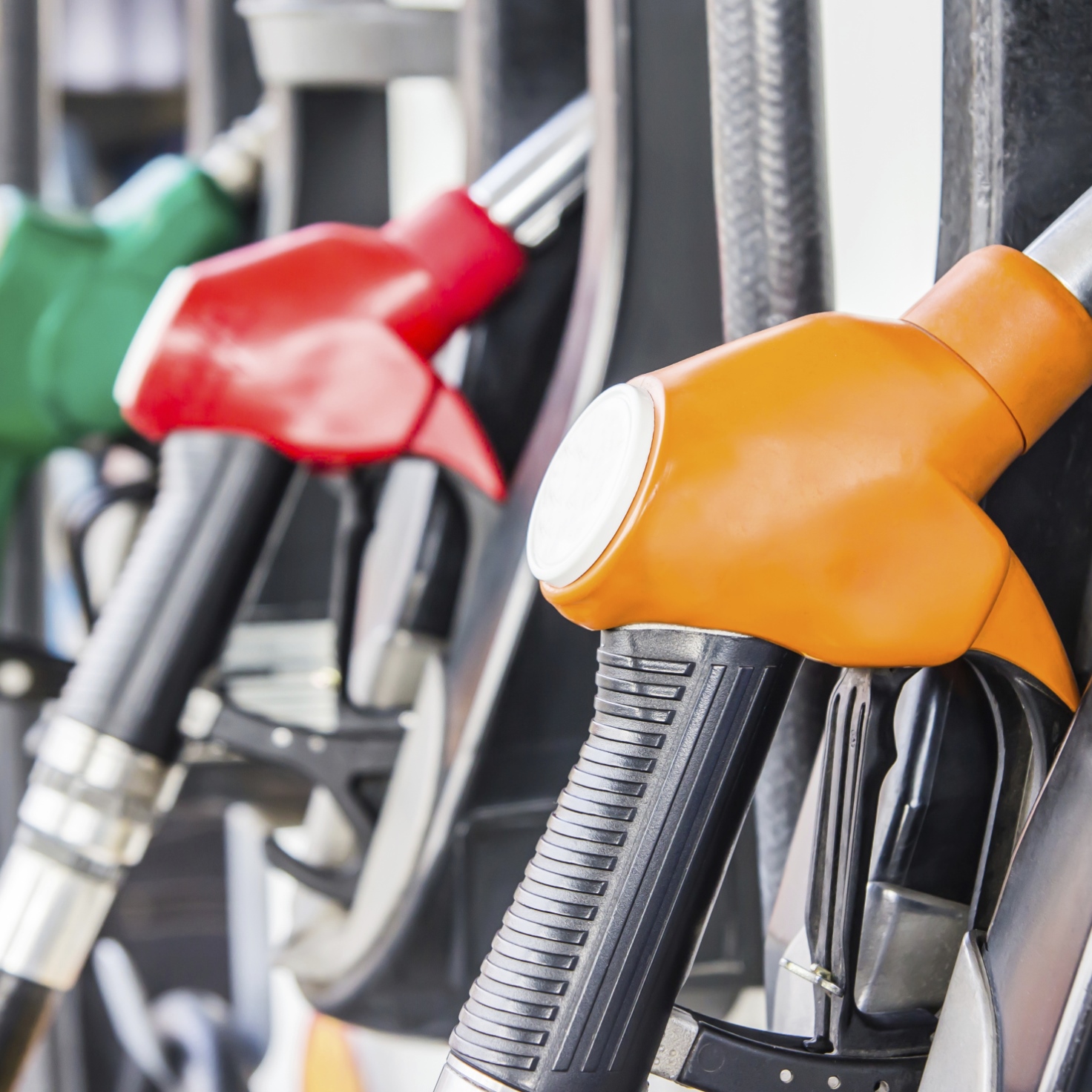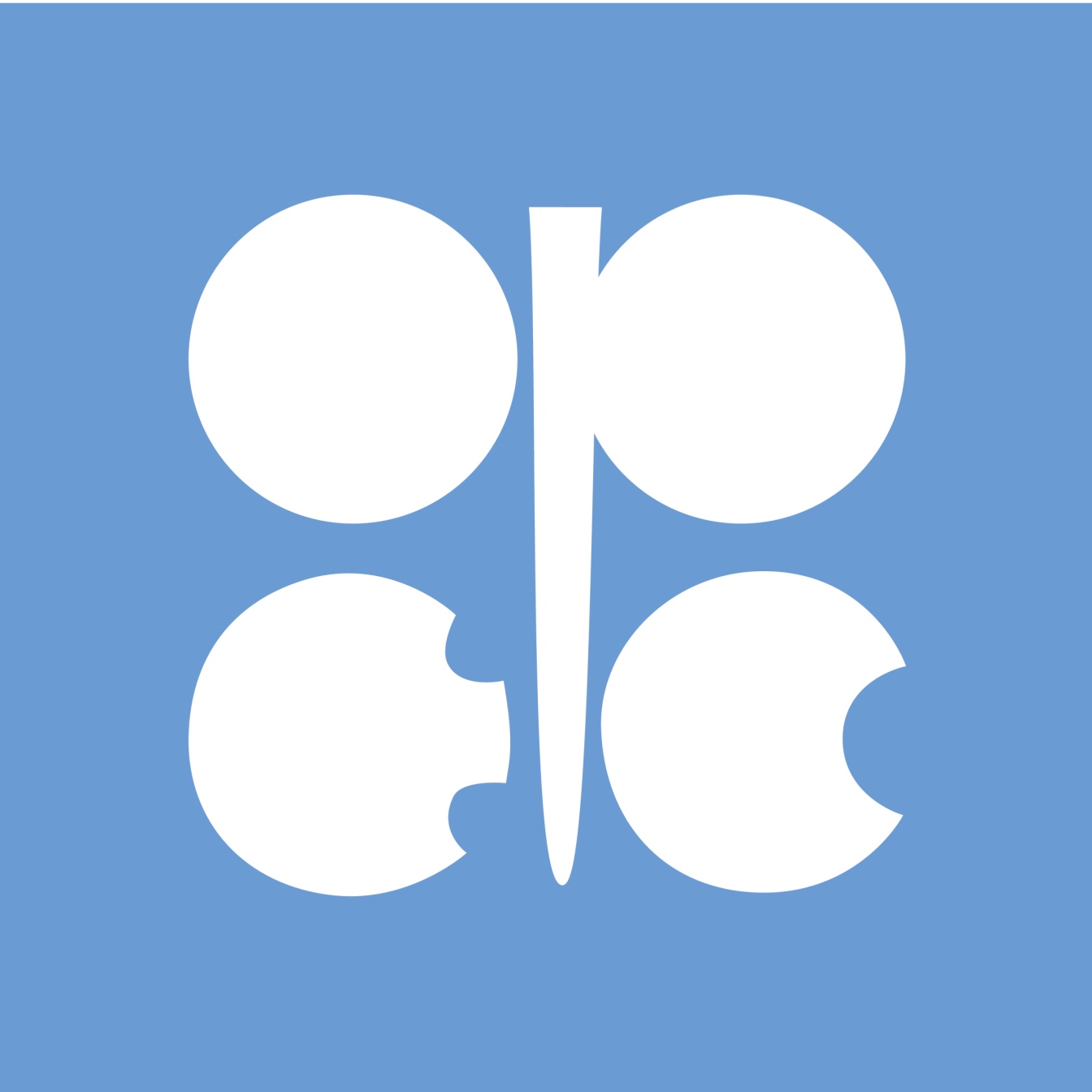
U.S. gasoline prices dipped again Monday morning, marking the sixth consecutive week of falling prices and the longest streak in more than a year. A gallon of regular gasoline cost on average about 1.6 cents less this week.
Gasoline inventories rose by about a million barrels last week, according to U.S. Energy Information Administration (EIA) data, and refiners were utilizing more capacity than in the prior week.
Patrick DeHaan, head of petroleum analysis at GasBuddy, said:
Perhaps even more wild [than the six-week streak] is that the national average has now remained under $3 per gallon for nearly 3 years, or 1,087 days as the days of cheap oil have continued. While recent actions from OPEC may cause oil prices to hold above the key $50 per barrel level, there is no threat of a quick return to the $3 per gallon days. In fact, the national average may continue to decline for a few weeks before leveling off as gasoline inventories continue to heal after Harvey.
Some areas of the Midwest have seen prices rise as refineries undergo seasonal maintenance and inventories in the region remain tight, keeping prices higher. Wholesale gasoline prices in the Great Lakes stand 20 cents per gallon higher than the Gulf Coast, where wholesale prices are lowest.
States where prices moved most last week were: Indiana (up 10 cents); Michigan (up eight cents); Oregon, Ohio, Alabama and Georgia (all down five cents); Delaware, Kansas (up five cents); and Florida and North Carolina (down four cents).
States with the lowest average prices last week included Arkansas and Missouri ($2.19), Mississippi ($2.20), Alabama ($2.21), South Carolina ($2.22), Louisiana ($2.23), Oklahoma ($2.24), Tennessee and Texas ($2.25) and Virginia ($2.28).
The highest average prices per gallon last week were reported from Alaska ($3.11), California and Hawaii ($3.07), Washington ($2.87), Nevada ($2.78), Connecticut ($2.73), Oregon ($2.69), New York ($2.66), Pennsylvania ($2.65) and Idaho ($2.64).
West Texas Intermediate (WTI) crude oil for December delivery traded up about 0.2% Monday morning at $51.92. The price differential (spread) between WTI and Brent crude is now around $5.50 a barrel, still a sharp drag on WTI prices. Traders are hoping that OPEC will vote in November to extend production cuts that have reduced global inventories and pushed prices up over $50 a barrel.
Recent futures transactions among producers have been very strong at prices as high as $56 a barrel for Brent and about $53 for WTI. These put options put a floor under production, especially for U.S. producers and may work to keep prices low.
Is Your Money Earning the Best Possible Rate? (Sponsor)
Let’s face it: If your money is just sitting in a checking account, you’re losing value every single day. With most checking accounts offering little to no interest, the cash you worked so hard to save is gradually being eroded by inflation.
However, by moving that money into a high-yield savings account, you can put your cash to work, growing steadily with little to no effort on your part. In just a few clicks, you can set up a high-yield savings account and start earning interest immediately.
There are plenty of reputable banks and online platforms that offer competitive rates, and many of them come with zero fees and no minimum balance requirements. Click here to see if you’re earning the best possible rate on your money!
Thank you for reading! Have some feedback for us?
Contact the 24/7 Wall St. editorial team.
 24/7 Wall St.
24/7 Wall St.


